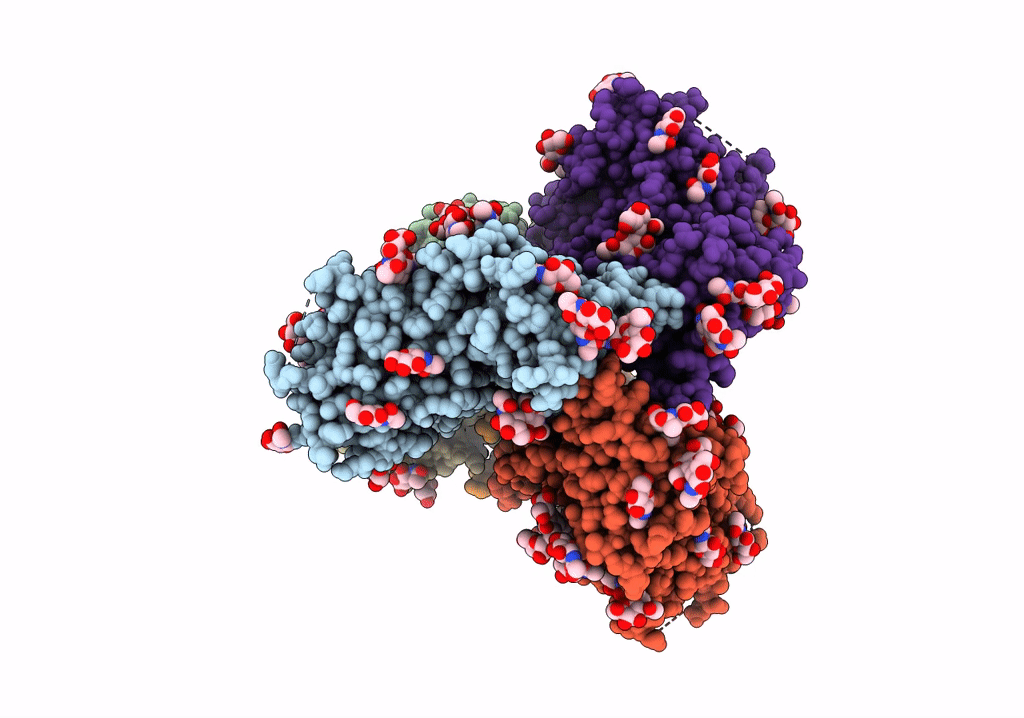
Deposition Date
2020-02-10
Release Date
2020-03-11
Last Version Date
2024-10-09
Entry Detail
PDB ID:
6VRW
Keywords:
Title:
Cryo-EM structure of stabilized HIV-1 Env trimer CAP256.wk34.c80 SOSIP.RnS2
Biological Source:
Source Organism:
Human immunodeficiency virus 1 (Taxon ID: 11676)
Host Organism:
Method Details:
Experimental Method:
Resolution:
3.71 Å
Aggregation State:
PARTICLE
Reconstruction Method:
SINGLE PARTICLE


